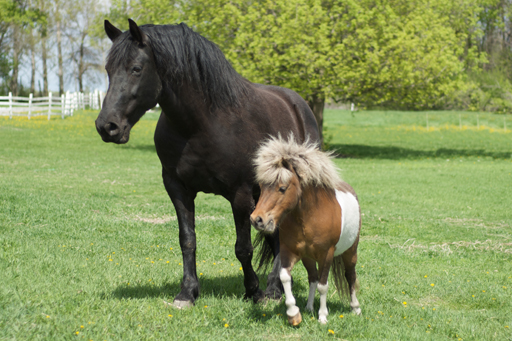3.5 Big and little OER

In The openness–creativity cycle in education [Tip: hold Ctrl and click a link to open it in a new tab. (Hide tip)] (Weller, 2012), Martin Weller suggests that another way of thinking about OER is in terms of their granularity. We have seen large-scale projects such as MIT’s OpenCourseWare that can be viewed as institutional approaches to OER. It is these types of project that Wiley focuses on, and which we can classify as ‘Big OER’.
However, another approach to OER is to produce them at the individual level, as a by product of the everyday activity of educators, researchers and teachers. This embraces not only specifically designed teaching material, but also other types of content that could be used in a teaching context; for example, presentations, articles, blog posts, etc. This ‘Little OER’ approach is not in conflict with the larger projects but represents another means of tackling sustainability.
Activity 11: Different types of OER
- Read Martin Weller’s conference submission ‘Big and little OER’.
- Browse through the Creative Commons Wiki page on different types of OER.
- Write a blog post of less than 500 words on either the benefits and drawbacks of big and little OER approaches (from Martin Weller’s conference submission) or the benefits and drawbacks of OER Learning Objects and OER Courseware (from the Creative Commons Wiki). Remember to tag your post with #h817open and, if you wish, to Tweet about your post using the hashtags #h817open and #Activity11.
